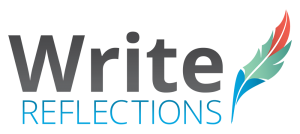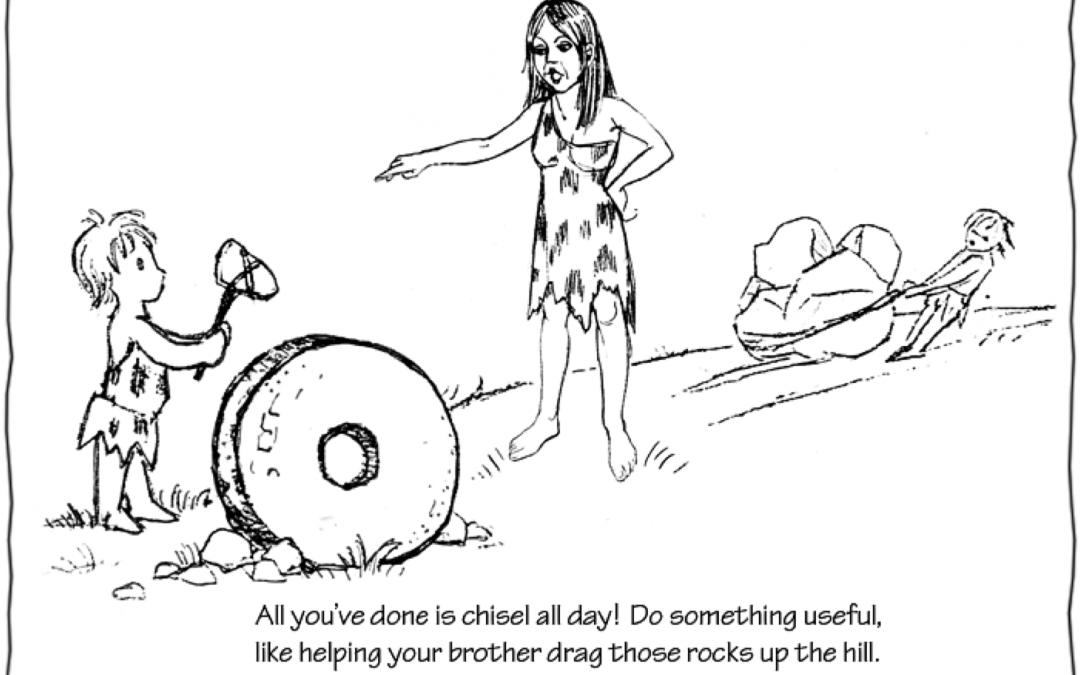by Johnathan Chase, Middle and High School Social Studies Teacher
Many education reformers are convinced the Common Core State Standards will improve the career readiness of all students.
Unfortunately, the standards demand students think critically as they stay connected and dive into text, while most employers desire workers who think creatively while connecting with people as they dive into their work.
Proficient close readers will spend days determining “how the text works” while productive employees will achieve much more in just a few hours of putting their imagination to work.
In college and careers, students will often face the challenge of answering open-ended questions rather than text-dependent ones and much of the text they encounter in school and work will not be “rich and worthy” of close reading.
College students and employees may be required to determine a course of action and come up with a novel solution relying on vague, conflicting, or even incomplete data that is derived from a variety of sources other than text.
Education programs should cultivate independent thinkers who can formulate creative solutions to uncommon problems rather than training text-dependent thinkers who can correctly answer standardized Common Core questions.
David Coleman has made it clear that Common Core students are expected to remain tethered to the text and “read like a detective”, while most employers expect their workers to be autonomous learners as they read with perspective.
There is a significant difference between thinking critically while close reading complex text and thinking creatively while solving a complicated task…
“Creative thinking is divergent, critical thinking is convergent; whereas creative thinking tries to create something new, critical thinking seeks to assess worth or validity in something that exists; whereas creative thinking is carried on by violating accepted principles, critical thinking is carried on by applying accepted principles. Although creative and critical thinking may very well be different sides of the same coin, they are not identical (Beyer, 1987).”
Close reading activities that require students to think critically and deeply about specific text do not cultivate the full range of higher order thinking skills.
Close readers must repeatedly go back to a reading in order to correctly answer text-dependent questions, while many employees must go away from the reading to find answers to job-related questions and problems.
Close readers are instructed to rely entirely on the text and discouraged from using prior knowledge or thinking beyond the text, to help them comprehend and understand a reading.
In most work situations, employees are valued for their ability to think outside the text and determine the meaning and importance of the information as it relates to the department they work in, the business they work for, and other factors or circumstances apart from the text.
Many 21st century employees must also be able to anticipate and predict the economic, political, environmental, social, and emotional significance and consequence of the information that is revealed in the text.
“Overwhelmingly, both the superintendents of schools who educate future workers and the employers who hire them agreed that creativity is increasingly important in U.S. workplaces, and that arts training—and, to a lesser degree, communications studies—are crucial to developing creativity…(Grefe, 2011).”
The Common Core Standards do not cultivate innovative and creative thought because it’s lead author has made it clear that original thoughts and personal feelings don’t matter in life.
Standards should serve as a flexible framework to meet the academic, social, emotional, and vocational needs of diverse learners and not as a straitjacket to meet the data driven demands of close reading and standardized tests.
After releasing a quarterly report revealing a dramatic drop in web site “traffic” Google management is not likely to ask employees to use text from the report to determine if the change in company performance was “bad”, “terrible”, or “disappointing”.
However, they will expect their marketing team to come up with an innovative strategy and creative solution to increase company earnings during the next quarter, and be prepared to present and communicate their comprehensive plan to company executives who will expect them to…
In the real world of learning and work outside of school, plausible solutions to novel problems are worth consideration and further study, but in the standardized testing “box” of the Common Core, such answers are wrong.
Jason Stanford, a contributor to the Austin American-Statesman, recently took a Smarter Balanced 4th Grade ELA practice test and commented:
“Then there were the questions that made me want to strangle the committee that wrote this test. None of the possible answers for what “best describes the lesson Coyote learned” had anything to do with the real meaning of the parable, and a student is asked to decide whether a particular metaphor about a “tree’s belly” is humorous, playful, or surprising, even though humor is often playful and surprising…”
Imagine (we are still allowed to do that, right?) what our nation would be like today if Thomas Edison ran his Menlo Park Laboratory the same way Common Core standardized teaching and close reading activities are ruining our schools?
There would be no testing things, just taking tests and his workers would close read and think critically about existing scientific texts, rather than think creatively about newly designed scientific experiments.
Plausible strategies and solutions would be considered wrong and not worthy of consideration or investigation. There would be only one right way and process to solve mathematical problems.
I would much rather live in a nation that protects freedom of thought and leads the world in registered patents, than one that restricts human rights and leads the world in PISA scores.
In a rigorous and standardized Common Core classroom creative and independent thinkers are expendable, and in the vigorous history of America these learners, leaders, and teachers were exceptional.


Recent Comments